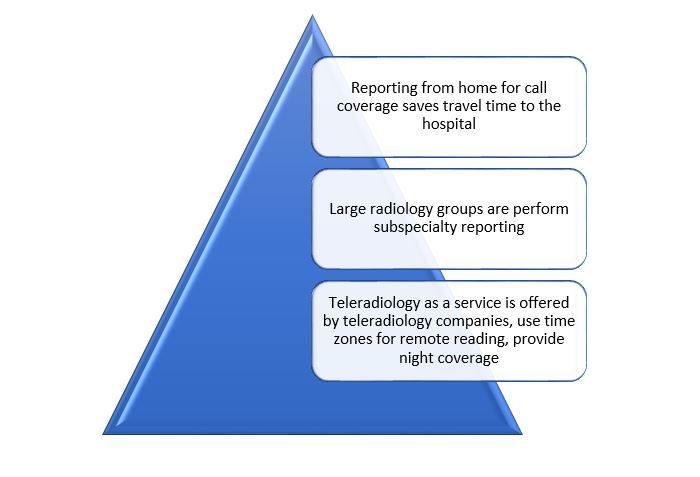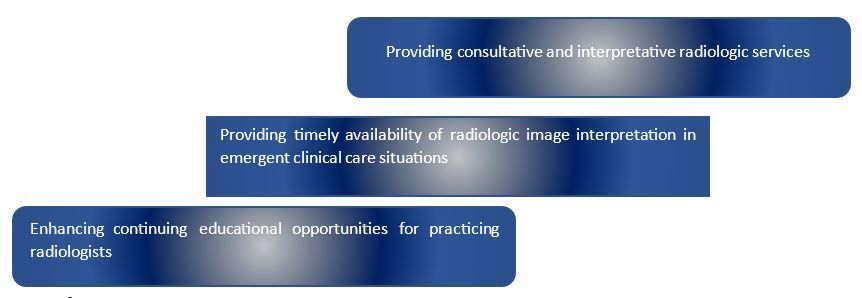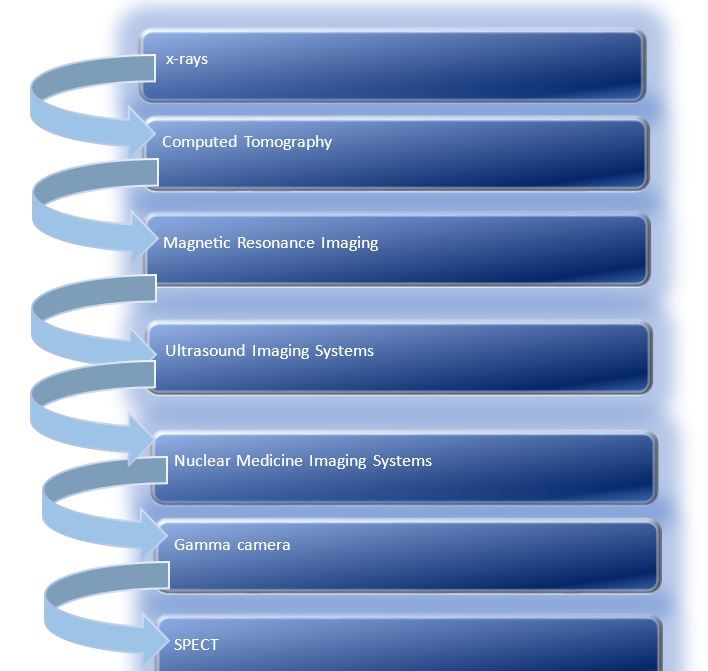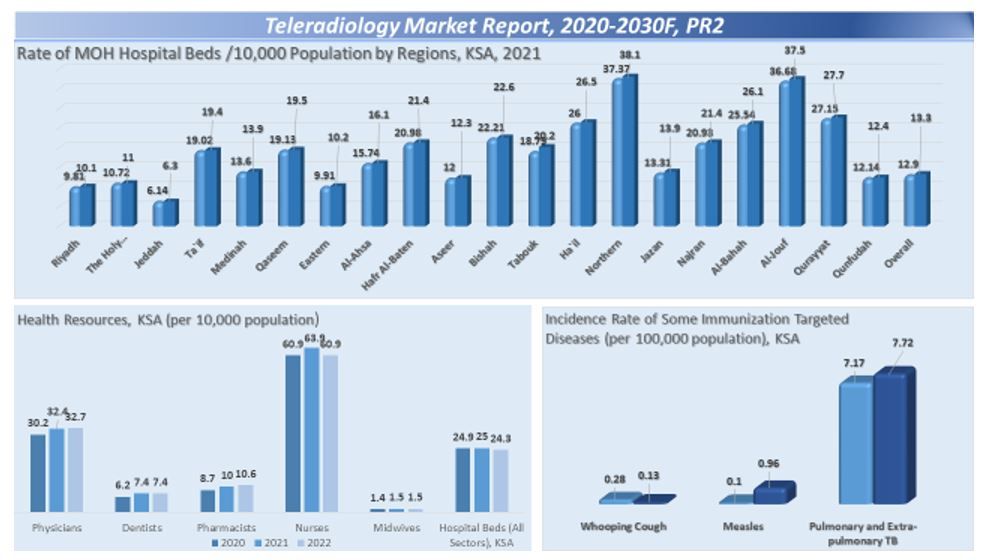Transforming Healthcare in Saudi Arabia with Teleradiology
Introduction
Teleradiology is the branch of telemedicine, which has surfaced as a changed force in modern healthcare, enabling remote interpretation and diagnosis of medical images such as X-rays, CT scans, and MRIs. Initially used to bridge the gap between rural and urban healthcare facilities, teleradiology has evolved into a global industry, connecting healthcare providers and radiologists worldwide.
Teleradiology, which is a relatively recent practice, is becoming widely implemented by hospitals, urgent care clinics, and specialist imaging companies. The reason for the increased implementation is because of scarceness of adequate staff, expertise in this pursuit. Teleradiology reporting services in Saudi Arabia was commenced by MHRG in Saudi Arabia. Its southern region faces innumerous health challenges. There is an adequate shortage of specialists at Community Health Centers and hospitals.
For More Detailed Analysis in PDF Format, Visit- https://univdatos.com/get-a-free-sample-form-php/?product_id=54991
Advantages of teleradiology
Teleradiology enhances patient care by allowing radiologists to provide their expertise without being present. This become of utmost importance particularly in case of when radiologist specialists, such as MRI radiologists, paediatric radiologists, and neuro-radiologist. Many of these highly specialized professionals are generally only located in large well-established areas and work during daytime hours; therefore, their availability to the larger population may be limited outside of the teleradiology setting.
It allows smaller hospitals to have timely access to a radiologist, who functions like being on-site. With the development of Picture Archive and Communication Systems (PACS) and enterprise communication, teleradiology is now full part of the radiologist life and can take multiple forms:

The technical requirements to perform teleradiology are similar in all hospitals. Monitors must be adapted to the type of images to report: 2 Megapixels (MP) for CT, MR and ultrasounds, 3MP for standard X-rays and 5MP for mammograms. Lossy compression can be used to facilitate image communication, in compliance with published standards, such as the CAR standard.
Goals of teleradiology:

The technical requirements to perform teleradiology are similar in all hospitals. Monitors must be adapted to the type of images to report: 2 Megapixels (MP) for CT, MR and ultrasounds, 3MP for standard X-rays and 5MP for mammograms. Lossy compression can be used to facilitate image communication, in compliance with published standards, such as the CAR standard.
Explore the Comprehensive Research Overview on MENA Teleradiology Market – https://univdatos.com/report/mena-teleradiology-market
Types of Imaging
Surge in the use of teleradiology is possible because a number of enabling technologies such as affordable high-speed telecommunication networks and improved data compression techniques needed for teleradiology have shown remarkable growth in recent years
There are several methods of medical imaging in modern medicine. Each has different potential advantages and disadvantages including exposure to radiation with some types of imaging.
The commonly used imaging techniques are:

Teleradiology in Saudi Arabia
Saudi Arabia in cooperation with State Governments planning to setup the Tele-Radiology services across various districts hospitals in its region. Tele-Radiology solution will assist to streamline the image flow from all district hospitals. Tele-Radiology system, offering a comprehensive enterprise class hospital. Owing to the increasing demand for healthcare driven by population growth, the Kingdom of Saudi Arabia’s (KSA), Ministry of Health (MOH) is actively seeking to improve the quality and efficiency of healthcare services in general and medical imaging services in particular by introducing private sector participation in its first healthcare public-private partnership (PPP) venture for teleradiology. Teleradiology will also benefit the remote and underprivileged areas of the country. Through the PPPs, hospitals in the project will have interconnected tele radiography services, ensuring efficiency and cost-effectiveness compared to the current public provision of medical imaging services.

Conclusion
In conclusion, the Tele Radiology market in Saudi Arabia presents a significant opportunity for growth and innovation, driven by factors such as increasing demand for remote healthcare services, expanding healthcare infrastructure, and advancements in telecommunication technology. Teleradiology offers numerous benefits, including improved access to specialized radiology expertise, faster turnaround times for diagnostic reports, and enhanced collaboration between healthcare providers. As Saudi Arabia continues to invest in digital healthcare solutions and telemedicine infrastructure, the teleradiology market is poised for expansion. However, challenges such as regulatory complexities, data privacy concerns, and the need for interoperability standards must be addressed to unlock the full potential of teleradiology in the country. By leveraging teleradiology solutions effectively, healthcare providers in Saudi Arabia can improve patient care outcomes, optimize resource utilization, and enhance overall efficiency in the delivery of radiology services. As the adoption of the tele radiology grows, it is essential for stakeholders to collaborate closely, invest in training and education, and prioritize patient- centric approaches to ensure the successful integration and sustainability of tele radiology services across the kingdom.
